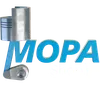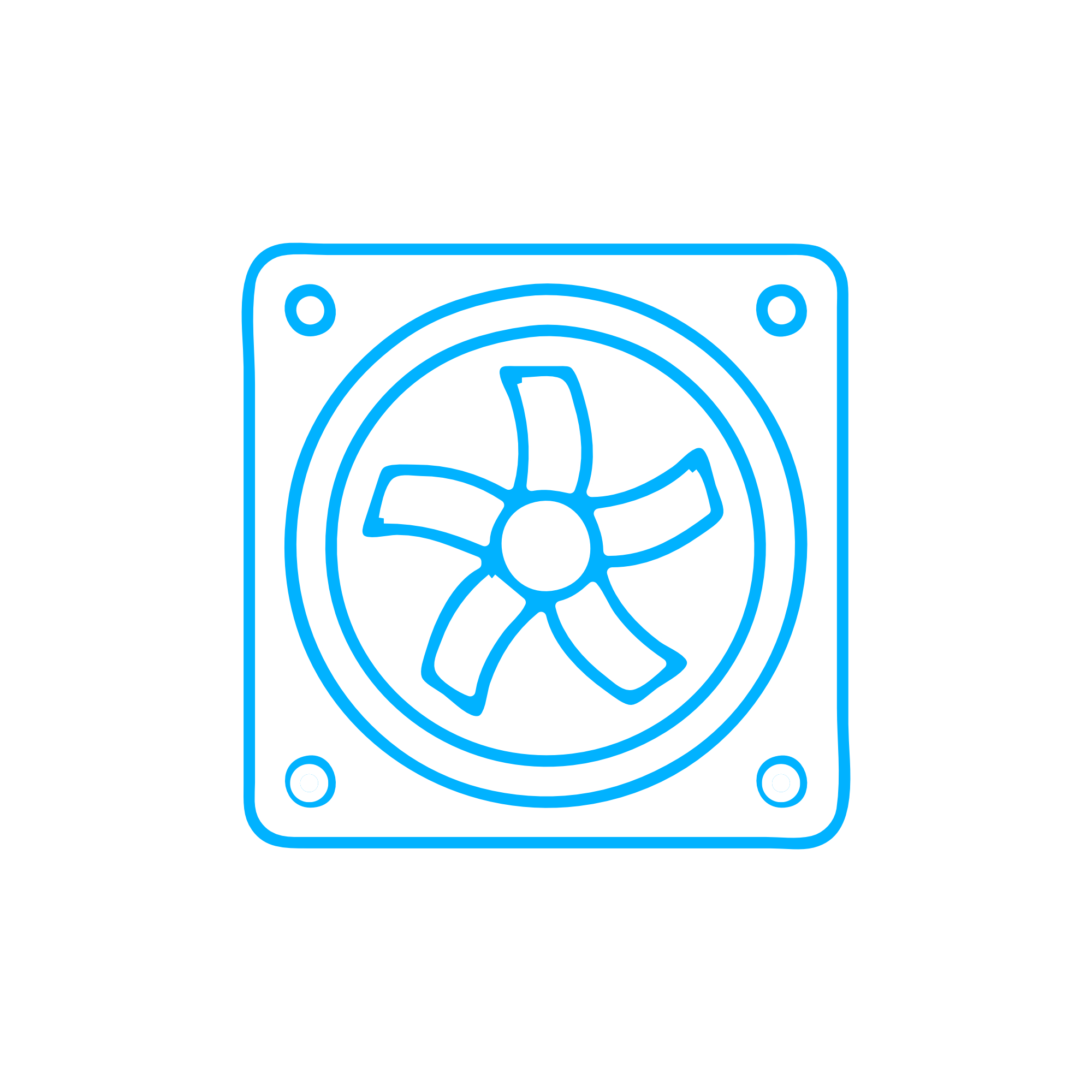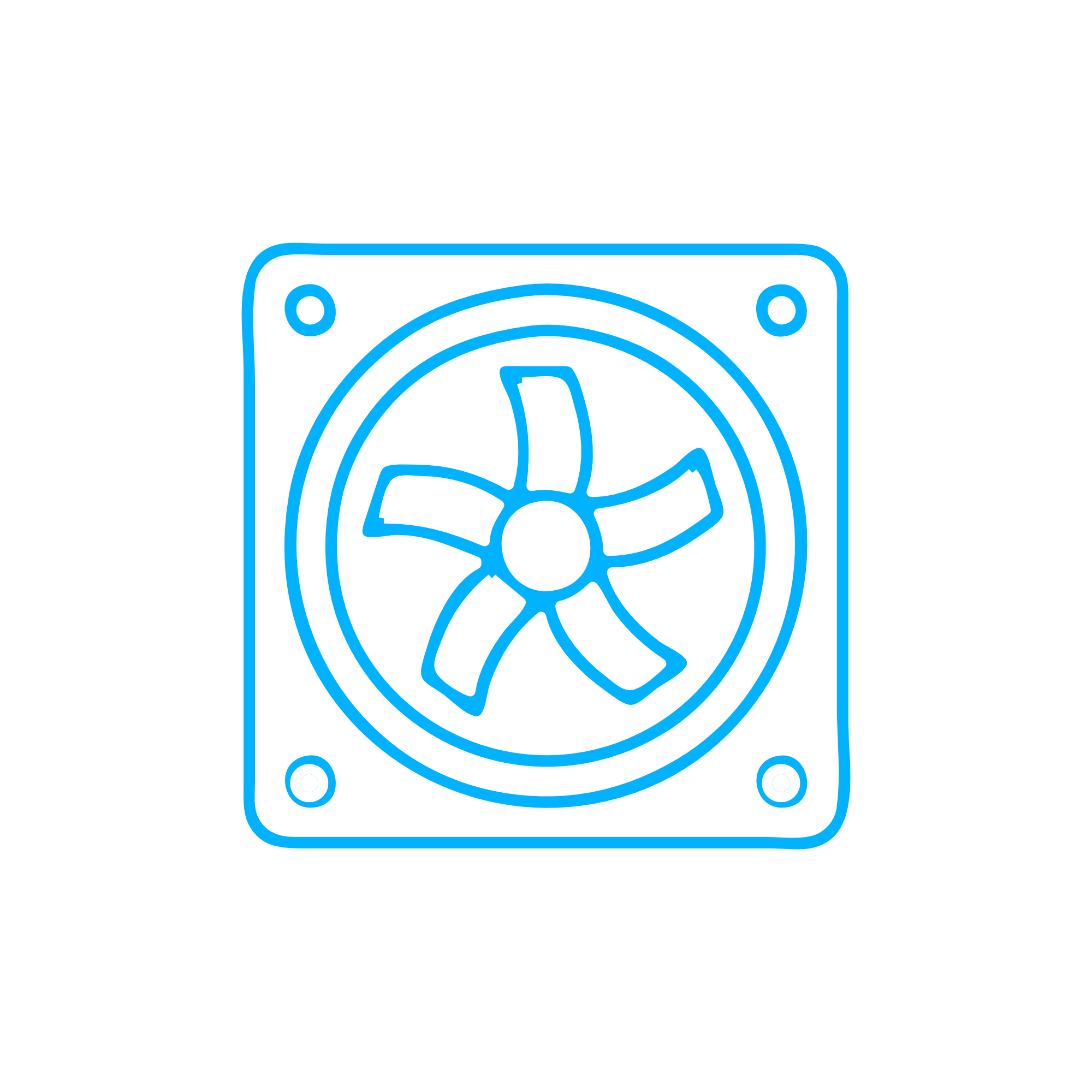FAN WHEEL for Engine Cooling in Marine and Diesel Applications
The Fan category covers the rotating assemblies that move cooling air through an engine’s heat exchangers. In simple terms, the fan and its FAN WHEEL form the heart of forced-air cooling on a diesel engine or marine engine, ensuring that jacket water coolers, charge air coolers, and lube oil coolers reject heat at the rate the application demands. Without a properly designed and maintained fan, engines overheat, efficiency drops, and service life is compromised.
In an engine room, genset enclosure, or propulsion package, the fan is more than a simple propeller. It is a precisely engineered component with a balanced hub, blades optimized for pressure and flow, and interfaces for drives and guards. Whether your installation uses an axial FAN WHEEL with fixed pitch, a variable-pitch assembly, or a centrifugal design integrated into a radiator pack, the fan determines how effectively the cooling system stabilizes operating temperature under varying load, ambient, and altitude. That is why choosing, maintaining, and replacing fan components with the correct OEM parts is essential for reliable operations.
Technical Function: How the Fan and the FAN WHEEL Work in an Engine
The technical function of a fan is to deliver the right airflow (m³/h) and static pressure (Pa) to move ambient air through heat exchangers with the least possible power draw. The FAN WHEEL converts shaft power—via belt, gear, direct, or electric drives—into aerodynamic work. Fan laws apply: airflow scales with speed, pressure scales with the square of speed, and power scales with the cube of speed. This relationship makes correct sizing and control crucial to keep parasitic losses in check while maintaining thermal headroom.
Airflow management and heat rejection
In a diesel engine and in a marine engine, the fan pulls or pushes air across radiators, charge air coolers, fuel coolers, and oil coolers. The FAN WHEEL accelerates air, creating a pressure differential that overcomes resistance from fins, cores, ducts, and louvers. Properly matched fans hold coolant outlet temperature within specification, safeguard turbocharger inlet temperatures, protect aftertreatment components, and stabilize combustion efficiency—directly affecting fuel consumption and emissions.
Design and materials of modern FAN WHEELs
Engine fans are commonly axial designs for compact, high-flow applications; centrifugal fans are used when higher pressure is needed or where ducting geometry dictates. Blades may be glass-fiber reinforced polyamide, aluminum, or steel, selected for temperature rating, corrosion resistance, weight, and stiffness. The hub interfaces with the drive (viscous clutch, electrically actuated clutch, or fixed drive). Static and dynamic balancing—often to ISO 1940 G6.3 or better—controls vibration, reducing load on bearings and brackets. Shrouds, rings, and tip clearance management minimize recirculation and increase efficiency. Correctly specified FAN WHEEL OEM parts ensure the blade profile, pitch, and chord align with the radiator’s pressure-drop curve.
- · Stable cooling airflow at all operating loads.
- · Precisely balanced hub and blades reduce vibration.
- · Materials rated for high temperature and marine humidity.
- · Configurations for puller or pusher layouts and tight enclosures.
- · Compatibility with clutched drives and speed control.
- · Optimized blade geometry for noise and efficiency targets.
- · Correct fit to guards, shrouds, and radiator packs.
Importance for Engine Operation: Why the Fan Is Critical
Thermal stability is fundamental to engine reliability. If the fan or FAN WHEEL is worn, cracked, unbalanced, or incorrectly sized, the cooling system loses capacity. Consequences range from nuisance derating to severe damage: warped cylinder heads, degraded lubricants, cavitation in water pumps, turbocharger stress, and premature failure of elastomers and electronics. In marine service, where ambient temperatures, salt exposure, and continuous duty are common, a degraded fan increases the risk of unplanned stoppages and costly off-hire.
Common failure modes include blade leading-edge erosion, hub corrosion, fatigue cracks at blade roots, loosened fasteners, and belt slip. Even minor imbalance causes vibration that migrates into brackets, radiators, and accessory drives. The result is higher life-cycle cost and safety risk. Routine inspection, vibration checks, and timely replacement with FAN WHEEL OEM parts prevent escalation and preserve the designed cooling margin.
Advantages of OEM Spare Parts Suitable for Fan
Choosing OEM spare parts suitable for Fan ensures that the replacement components match the engine builder’s aerodynamic and structural specifications. This alignment directly affects efficiency, uptime, and total cost of ownership, especially in high-demand marine engine and power-generation environments.
- · Dimensional accuracy: correct hub bore, bolt pattern, and offset for seamless installation.
- · Verified airflow curve: blade geometry matched to radiator and duct pressure drop.
- · Certified balancing: reduced vibration protects bearings, brackets, and seals.
- · Material integrity: heat- and corrosion-resistant composites or alloys for long service life.
- · System compatibility: designed for clutches, guards, shrouds, and speed-control strategies.
- · Predictable performance: stable temperatures improve fuel efficiency and emissions.
- · Lower downtime: faster fitment and fewer adjustments during planned maintenance.
When you specify FAN WHEEL OEM parts for a diesel engine or marine engine, you maintain the intended cooling performance under worst-case ambient conditions. That protects your budget by reducing unscheduled interventions, avoiding overheats that shorten overhaul intervals, and preserving engine output without derating.
MOPA as Your Partner for OEM Spare Parts Fan
MOPA is an experienced and reliable partner for OEM spare parts in the Fan category. We support operators of diesel and gas engines with fast sourcing of FAN WHEEL assemblies, hubs, clutched drives, guards, and related cooling components. Our team cross-references part numbers across major engine platforms and radiator packages, helping you identify the right item the first time.
Speed, quality, and security define our approach. MOPA provides traceable OEM parts, up-to-date documentation, and logistics solutions tailored to ship schedules and plant outages. Whether you need a single FAN WHEEL for a marine engine refit or a complete set of cooling fans for a power plant, we help minimize downtime and risk while maintaining the performance your application was built to deliver.
Conclusion
The Fan category—especially the FAN WHEEL—plays a decisive role in engine temperature control, efficiency, and safety. Keeping this component precisely matched and well maintained safeguards power output and extends engine life. Selecting OEM spare parts suitable for Fan ensures the correct fit, airflow, and durability, providing dependable cooling performance for diesel and gas engines in demanding service.


